Azerbaijan’s rich culinary heritage is a fusion of Middle Eastern, Persian, Turkish, and Russian influences, offering tourists a delightful gastronomic experience. While restaurants provide a great introduction to Azerbaijani food, nothing compares to the flavors of traditional home-cooked meals. This guide will help tourists understand the essentials of Azerbaijani home cooking and how they can experience it firsthand.
The Staples of Azerbaijani Cuisine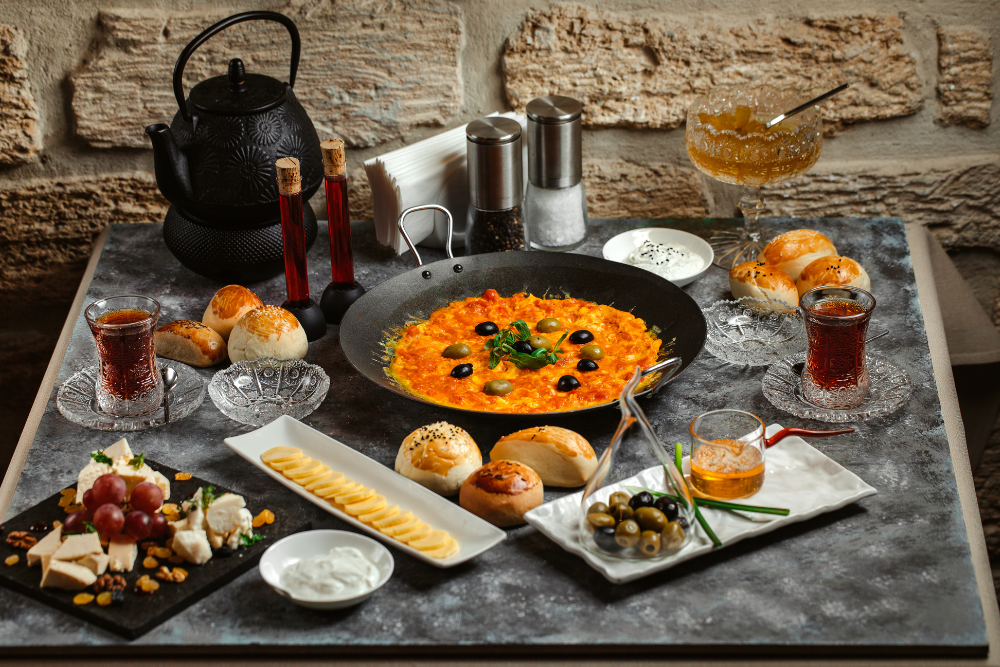
Azerbaijani home cooking is deeply rooted in fresh, locally sourced ingredients. Here are some of the staple components used in traditional dishes:
- Meat: Lamb, beef, and poultry are commonly used, often grilled, stewed, or slow-cooked.
- Rice: A key ingredient, particularly in plov, Azerbaijan’s signature rice dish.
- Fresh Herbs: Coriander, dill, parsley, and mint are widely used in cooking and garnishing.
- Dairy: Yogurt, cheese, and butter enrich many traditional recipes.
- Spices: Saffron, sumac, turmeric, and black pepper add depth to the cuisine.
- Vegetables: Eggplant, tomatoes, peppers, and cucumbers are frequently used in meals.
Must-Try Azerbaijani Home-Cooked Dishes
1. Plov (Azerbaijani Pilaf)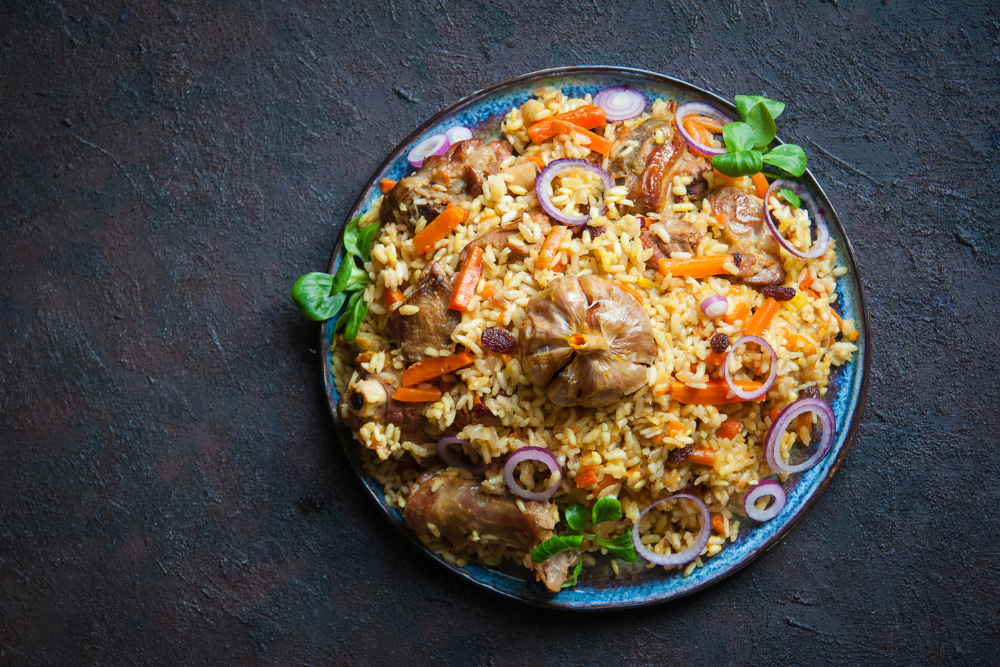
One of the most iconic dishes, plov is a saffron-infused rice dish cooked with meat, dried fruits, and nuts. Each region in Azerbaijan has its own variation, making it a versatile and unique experience in every home.
2. Dolma (Stuffed Grape Leaves or Vegetables)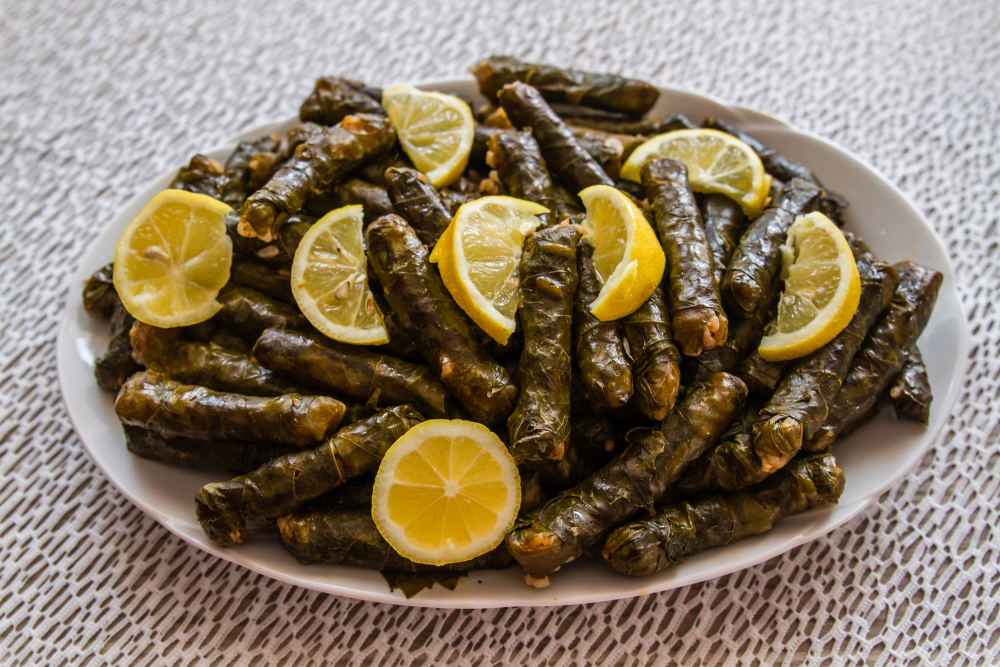
Dolma consists of grape leaves, bell peppers, tomatoes, or eggplants stuffed with a mixture of minced meat, rice, and herbs. It is often served with a side of yogurt.
3. Qutab (Stuffed Flatbread)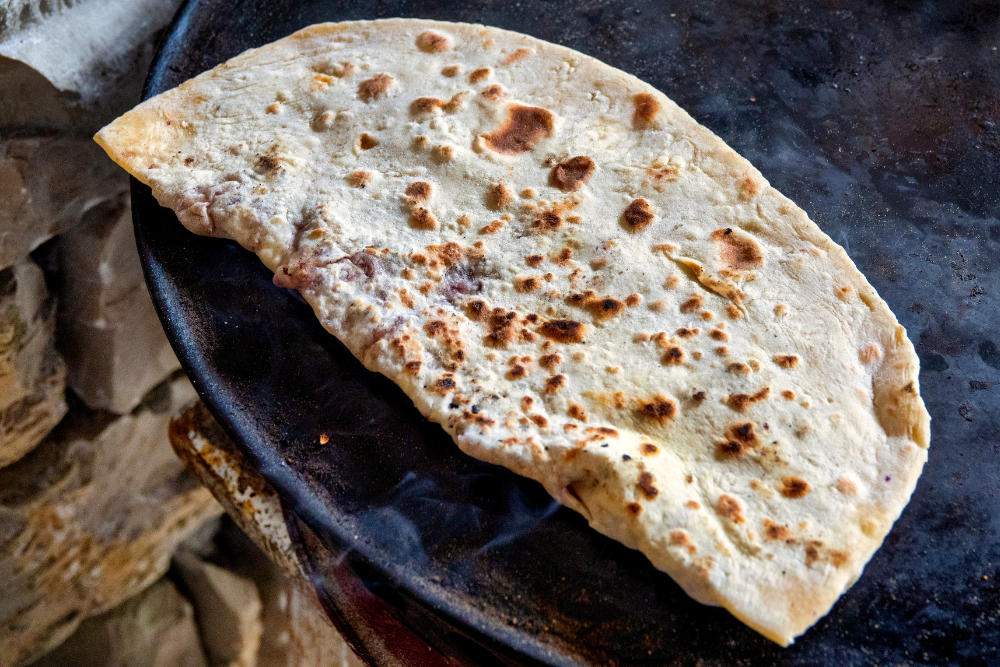
Qutab is a thin, savory pancake stuffed with minced meat, cheese, pumpkin, or herbs, then folded and cooked on a griddle.
4. Dushbara (Azerbaijani Dumplings)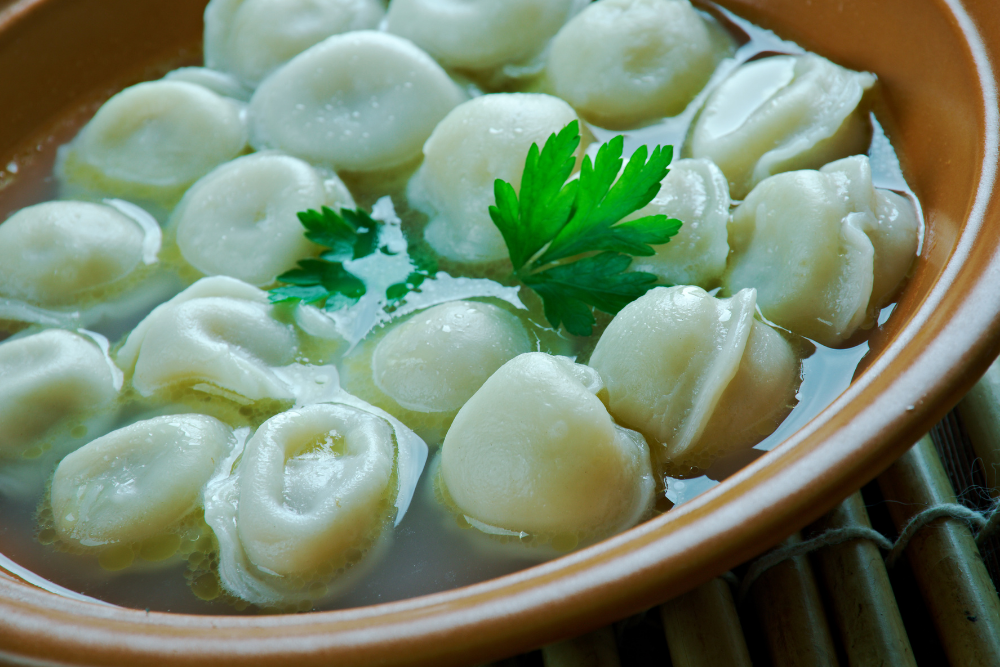
These tiny, handmade dumplings are filled with minced meat and served in a flavorful broth, often enjoyed with vinegar and garlic sauce.
5. Piti (Slow-Cooked Lamb Stew)
Piti is a traditional dish from Sheki, made with lamb, chickpeas, saffron, and chestnuts, cooked slowly in a clay pot for a rich, aromatic flavor.
Experiencing Azerbaijani Home Cooking as a Tourist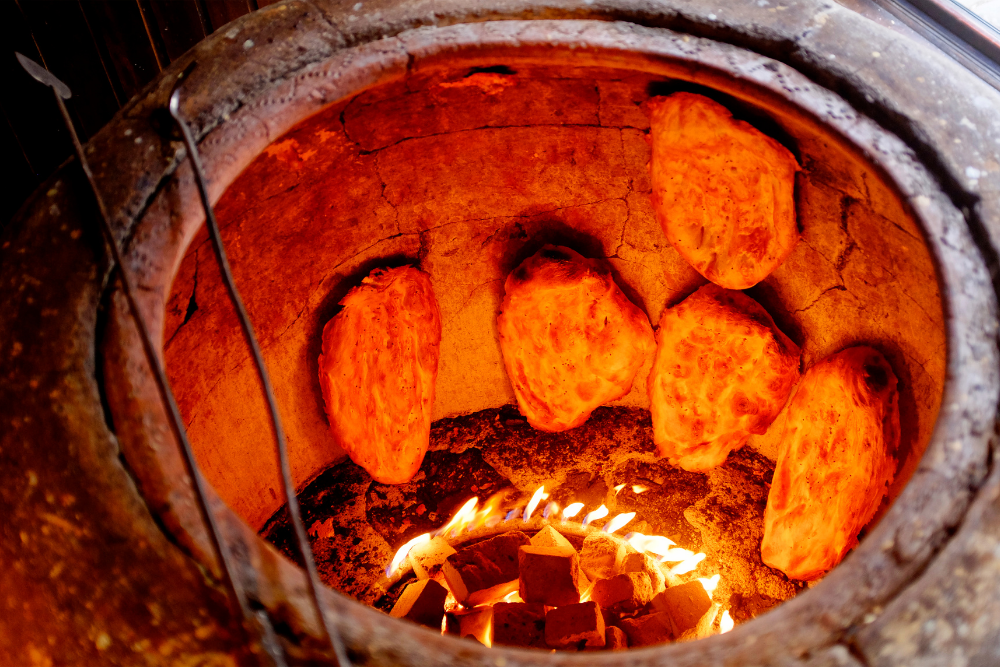
1. Join a Local Cooking Class
Many local families and culinary schools in Baku and other cities offer immersive cooking classes where tourists can learn to prepare traditional dishes.
2. Stay in a Guesthouse
Opting for homestays or guesthouses in regions like Sheki, Quba, and Lahij can provide an authentic taste of home-cooked Azerbaijani meals.
3. Visit Local Markets
To truly understand the flavors of Azerbaijani cuisine, visit bustling bazaars like Baku’s Taza Bazaar, where locals buy fresh produce, spices, and dairy products.
4. Participate in Food Festivals
Events like the Pomegranate Festival in Goychay and the National Cuisine Festival in Baku offer opportunities to sample traditional dishes prepared by local chefs and home cooks.
Conclusion
Experiencing Azerbaijani home cooking is a journey into the heart of the country’s culture. Whether through cooking classes, homestays, or food festivals, tourists can gain a deeper appreciation for the flavors and traditions that define Azerbaijani cuisine. For those eager to explore the country’s culinary delights, there’s no better way than through the warmth and hospitality of an Azerbaijani home kitchen.












